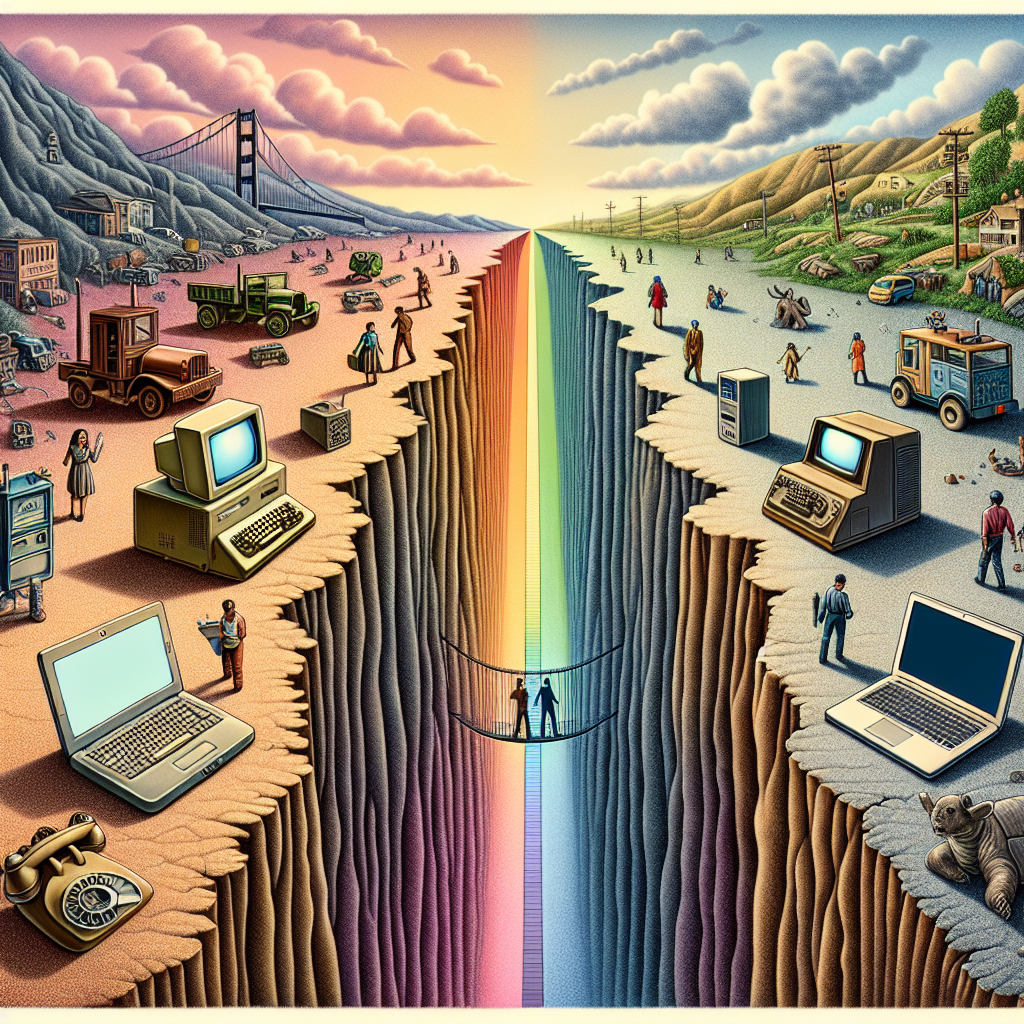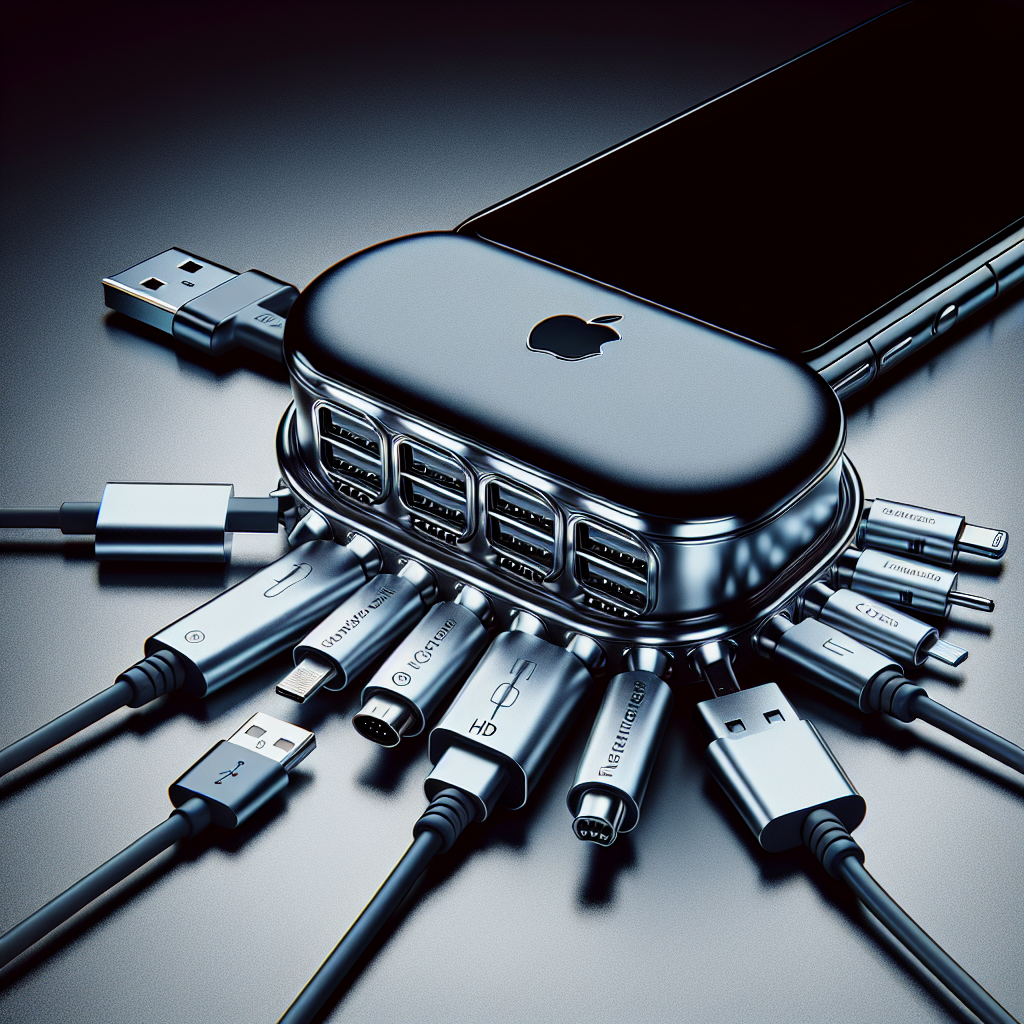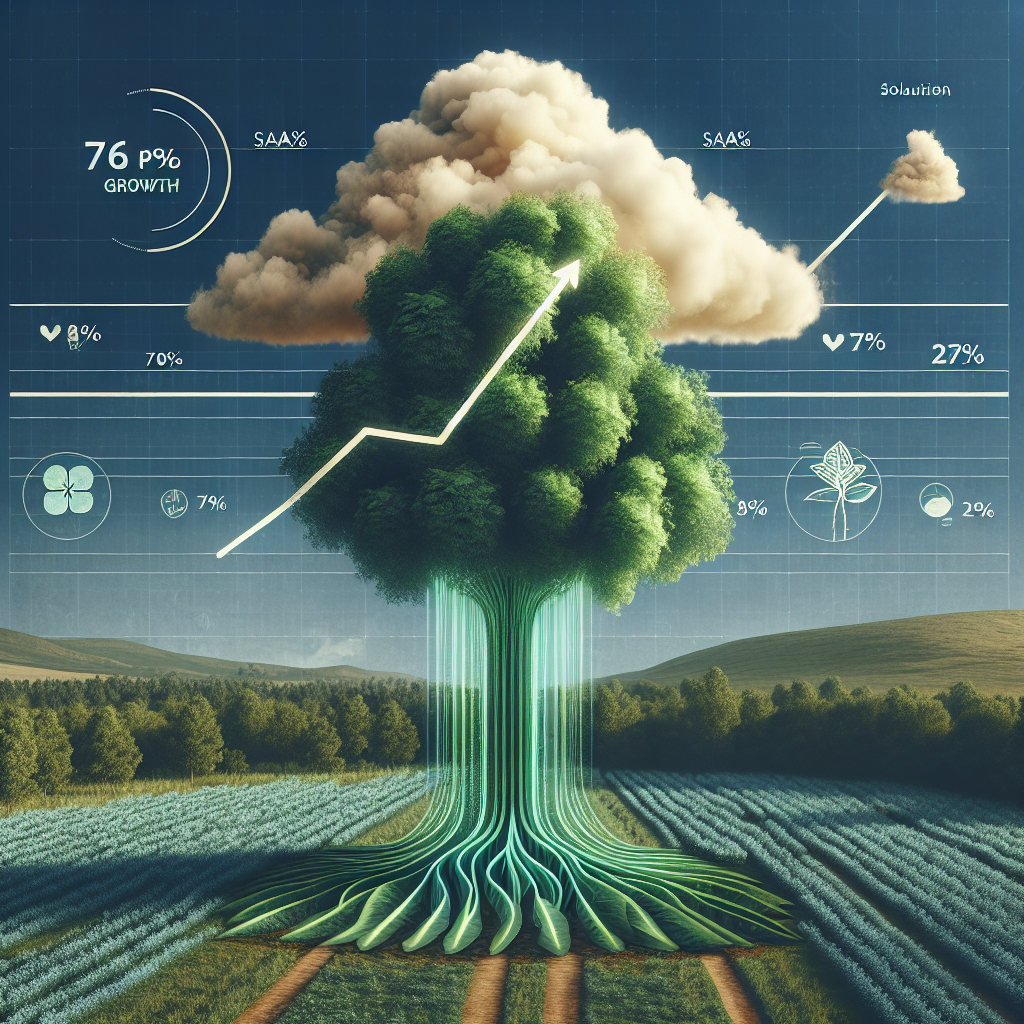The pace of technological change is irrefutably transforming society, but with these advancements emerges a significant challenge: bridging the growing digital divide. A recent analysis titled “10 technologies that changed the world in the past decade” published by CTech highlights innovations that, while revolutionary, implicitly underscore the disparities in technology access and literacy.
The landscape of technology has witnessed a dynamic evolution over the past decade—from the widespread adoption of smartphones to the advent of artificial intelligence (AI), blockchain, and Internet of Things (IoT). These technologies have reshaped industries, economies, and day-to-day human interactions. However, they also raise an imperative discourse on accessibility.
Smartphones, now almost ubiquitous in many parts of the world, are a prime example. They have democratized access to information, made global communication affordable, and even facilitated financial transactions in areas without robust banking infrastructure. Yet, despite their pervasiveness, a sizeable portion of the global population, particularly in underdeveloped regions, remains disconnected from these digital benefits due to lack of infrastructure, affordability, or digital literacy.
Similarly, the rise of AI promises efficiencies and advancements in fields ranging from healthcare to urban planning. Algorithms can aid in diagnosing diseases more accurately or optimizing traffic flow in congested cities, potentially enhancing the quality of life. Nevertheless, these benefits are primarily skewed toward societies that possess the infrastructure and data systems robust enough to support AI technologies. The risk of exacerbating inequities is evident as those without access to AI stand to fall further behind.
Blockchain technology offers another poignant example. Touted for its potential to create transparency and prevent fraud, blockchain could revolutionize sectors like supply chain management and electoral processes. However, its implementation requires not only significant technological skill but also a regulatory and societal structure that understands and embraces this complex technology.
IoT’s promise to streamline various facets of daily life and industrial operation similarly walks hand-in-hand with challenges. The interconnectivity of devices enhances efficiency and energy management, which could lead to more sustainable urban environments. Yet, the digital divide could grow even wider if IoT technology remains inaccessible for underprivileged populations, who may not benefit from these advancements.
Thus, as these technologies forge paths to new potentials, they also invite a plethora of questions about equity, ethics, and inclusivity. The conversation must pivot from merely celebrating these technological achievements to actively forging strategies to close the gap between the tech-empowered and the tech-excluded.
Efforts to address this divide include improving infrastructure, such as expanding internet access, educating populations about digital tools, and ensuring affordable technology solutions for low-income individuals. Governments, corporations, and non-profits must collaborate intensively to create an inclusive environment where the dividends of technology can be universally enjoyed.
As the world continues to evolve under the influence of these significant technological strides, the need for conscientious and inclusive progress has never been more critical. Only through deliberate and targeted actions can we hope to ensure that the technologies of the future do not leave anyone behind.



